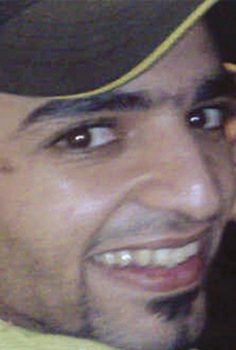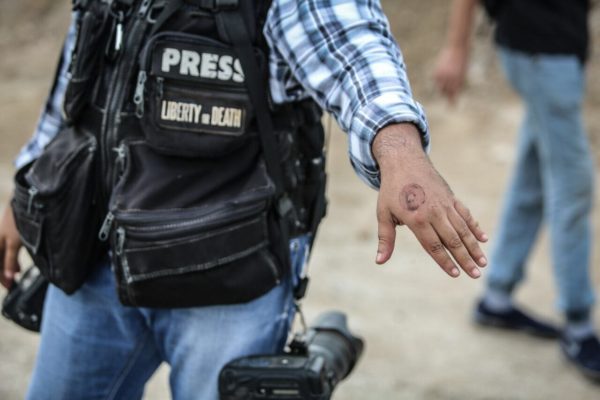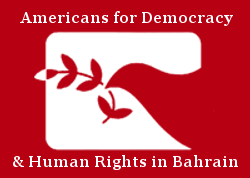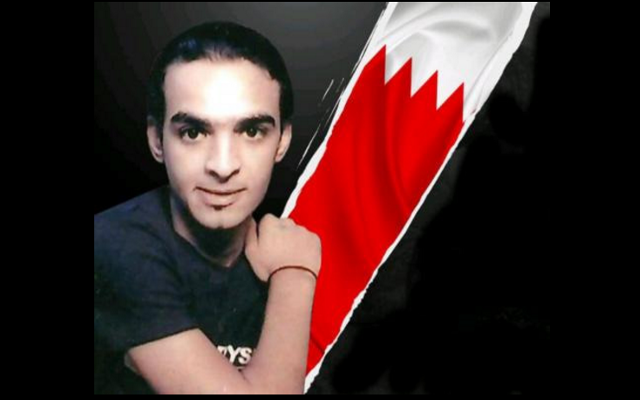
Today, 31 March 2017, marks the five-year anniversary of the death of 22-year-old Ahmed Ismail Hassan. Hassan was a photojournalist in Bahrain who the government authorities killed during a protest in Salmabad, Bahrain. According to the Committee to Protect Journalist (CPJ), Hassan is one of three journalists killed in Bahrain since 2011.
On 31 March 2012, Hassan attended a protest in Salmabad, south of Manama. The protest was organized in response to the Formula One Grand Prix. Hassan attended to cover the protest in his capacity as a journalist. According to reports, Hassan was at the scene when security forces and riot police showed up to the protest and began firing tear gas and rubber bullets at the protesters. Shortly after the attempted dispersal of the protestors, armed men arrived at the scene alongside the other security forces and began shooting live ammunition at the protestors. The armed assailants shot Hassan in the upper thigh, severing a major artery.
Hassan was sent to a private hospital, where he was immediately admitted to the intensive care unit. Bahraini officers from the Criminal Investigation Directorate (CID) arrived and began interrogating his family at the hospital. Soon after, the riot police reportedly surrounded the hospital. Ahmed was then transported to the Salmaniya Medical Complex, where he died.
Witnesses at the scene claimed he was targeted because he was carrying his video camera. The 2012 US Department of State human rights report said: “According to human rights activists, prior to his death, Hassan told friends he had received threats to stop filming protests; some of Hassan’s footage showed injured demonstrators in the Salmaniya Medical Complex, tear gas canisters used by security forces, and security forces entering Salmabad.“
Following Hassan’s death, officials at the United Nations (UN) called for an investigation into his killing. Director-General of the UN Educational, Scientific and Cultural Organization (UNESCO), Irina Bokova said, “The basic human right of freedom of expression and the freedom of journalists and citizen journalists to cover events are essential for any society that wants to uphold the principles of democracy and rule of law. I welcome reports that the authorities’ intend to launch an inquiry into this serious event and trust that the culprits will be brought to justice.”
According to a UNESCO report by the Director-General to the intergovernmental council of the International Programme for the Development of Communication (IPDC) released 7 October 2016, the status of the judicial inquiry into the case is still considered unresolved.

The systematic issue of the Bahraini government targeting journalists for their reporting is still ongoing. Just last week, the government security forces targeted journalist Mazen Mehdi. Riot police shot Mehdi with a tear gas canister despite the fact that he was wearing a vest clearly marked with “press.” Mehdi was on scene in Karbabad, Bahrain covering the funeral of 18-year-old Mustafa Hamdan, who security forces shot with live ammunition in January.
As the 2017 Formula One Grand Prix approaches, starting on 14 April in Bahrain, we call on the Government of Bahrain to abide by international norms and allow individuals to exercise their rights to peaceful assembly. Additionally, the Bahraini authorities must allow journalists to do their jobs and cover protests surrounding the event without fear of targeted harassment, serious injury, or death.





